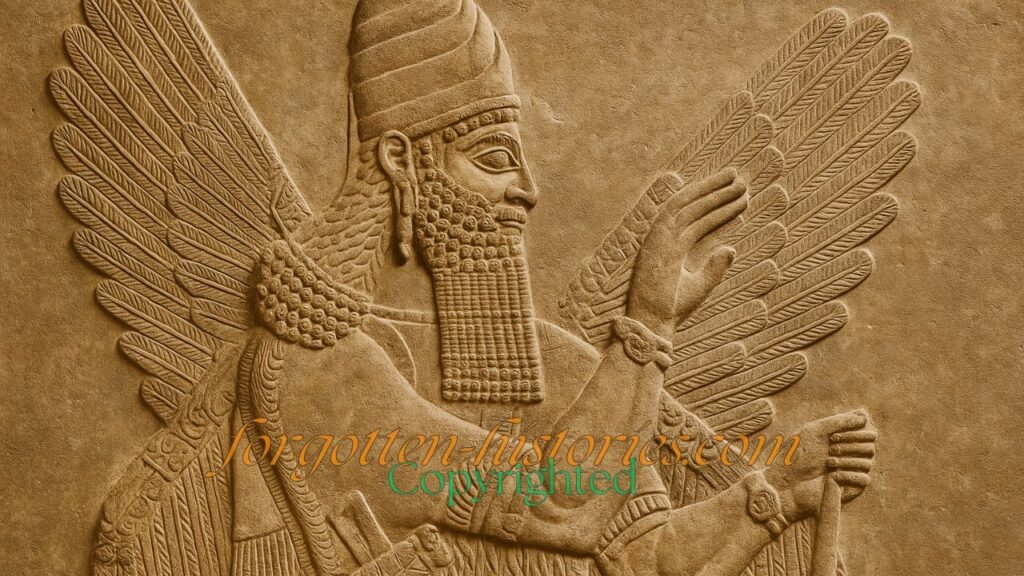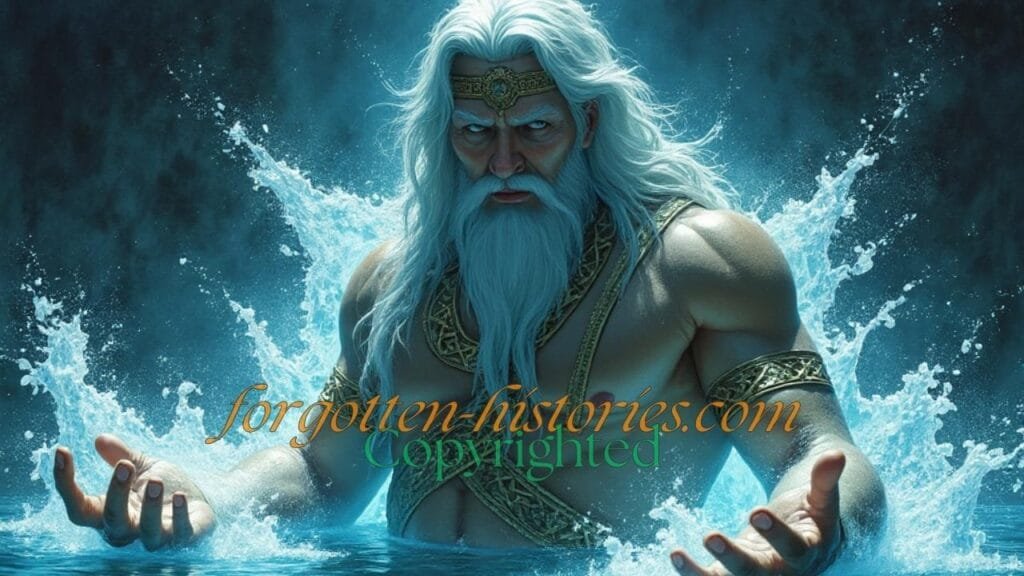Long before the gods of Olympus or the biblical tales of Eden, the ancient Sumerians told stories about two powerful brothers: Enki and Enlil. Their rivalry shaped the fate of humanity, according to some of the oldest written records we have. These stories appear in clay tablets, written in cuneiform, dating back over 4,000 years.
These aren’t just myths. These are cultural records that influenced later civilizations and religious ideas. Let’s explore the ancient world and examine the complex roles of Enki and Enlil.
The Anunnaki and the Divine Family of Enki and Enlil
The Sumerians believed in a group of deities called the Anunnaki. These gods governed the heavens, earth, and underworld. Among them were two key figures: Enki and Enlil.
- Enlil held the title of “Lord of the Air.” He presided over the atmosphere and commanded supreme authority among the gods. He controlled the weather and issued divine decrees.
- Enki, also known in Akkadian mythology as Ea, was the god of fresh water, wisdom, magic, and creation. He presided over the subterranean aquifers (the Abzu) and played a central role in shaping human life and culture.
Enlil represented order, discipline, and divine law. Enki embodied creativity, life-giving forces, and problem-solving. These different values often placed them at odds.
Enlil and the Great Flood

Enlil viewed humanity as noisy, chaotic, and disobedient. In the Atrahasis Epic, Enlil grew angry because humans had become too numerous and too loud, disturbing the peace of the gods.
He sent plagues and droughts. When those failed, he ordered a catastrophic flood to destroy humankind.
This story forms one of the earliest recorded flood myths. It predates the biblical flood story by centuries. The purpose was not moral judgment, but crowd control. Enlil acted to preserve divine order, even through mass destruction.
Enki and the Preservation of Life

Enki disagreed with Enlil’s approach. While he respected divine law, he saw the value of human life. He didn’t openly defy Enlil but found a way to intervene.
In the Atrahasis Epic, Enki warned a loyal man named Atrahasis (later associated with Ziusudra or Utnapishtim) about the flood. He instructed him to build a boat and preserve life.
Thanks to Enki’s guidance, Atrahasis survived. Enki saved not only humanity but also animals and knowledge.
Enki worked within the system, but he prioritized life, wisdom, and the future.
The Creation of Humans

According to Mesopotamian texts, the gods originally performed manual labor. Over time, they grew weary and demanded relief.
The solution was to create humans to bear the burden of work.
Enlil supported this decision. But Enki, with the help of the goddess Ninhursag, carried it out. They fashioned humans from clay mixed with the blood of a slain god, Geshtu-e. This act gave humans divine essence and intelligence.
Enki designed humans not just to serve, but to think, speak, and learn. He later taught them agriculture, writing, and city-building. His gifts elevated humanity beyond simple labor.
Enlil, in contrast, sought to control human population. When humans grew too many or too ambitious, he imposed limits. Enki repeatedly stepped in to soften the consequences.
Authority vs. Wisdom
The relationship between Enlil and Enki illustrates two different models of divine power:
- Enlil ruled through command and hierarchy.
- Enki led through knowledge and subtle influence.
Their conflict didn’t involve battles, but decisions. Enlil issued decrees. Enki found ways to adapt or reinterpret them. One sought obedience. The other fostered growth.
This contrast reflects a broader philosophical question: Should leadership impose control, or guide through understanding?
Their Legacy Across Cultures
The rivalry between Enki and Enlil echoes through later traditions:
- In Babylonian myth, Enki appears as Ea, maintaining his role as a wise and life-preserving god.
- In Greek myth, Prometheus shares qualities with Enki: both bring knowledge to humans and defy higher powers.
- The flood story in Genesis shares core elements with the Atrahasis narrative, including divine anger, a chosen survivor, and a boat.
While the names and symbols changed, the core ideas survived: the tension between control and compassion, order and innovation.
Conclusion
Enki and Enlil represent two vital forces in the ancient world:
- One seeks to preserve order through discipline.
- The other nurtures life through wisdom.
Their stories don’t offer easy answers. Instead, they present the complexity of leadership, morality, and creation.
The Sumerians saw their gods as reflections of the world’s chaos and balance. Through Enki and Enlil, they explored what it means to shape life, manage power, and choose between command and compassion.
These ancient stories still speak to us, thousands of years later. Not because they explain everything, but because they remind us what questions are worth asking.